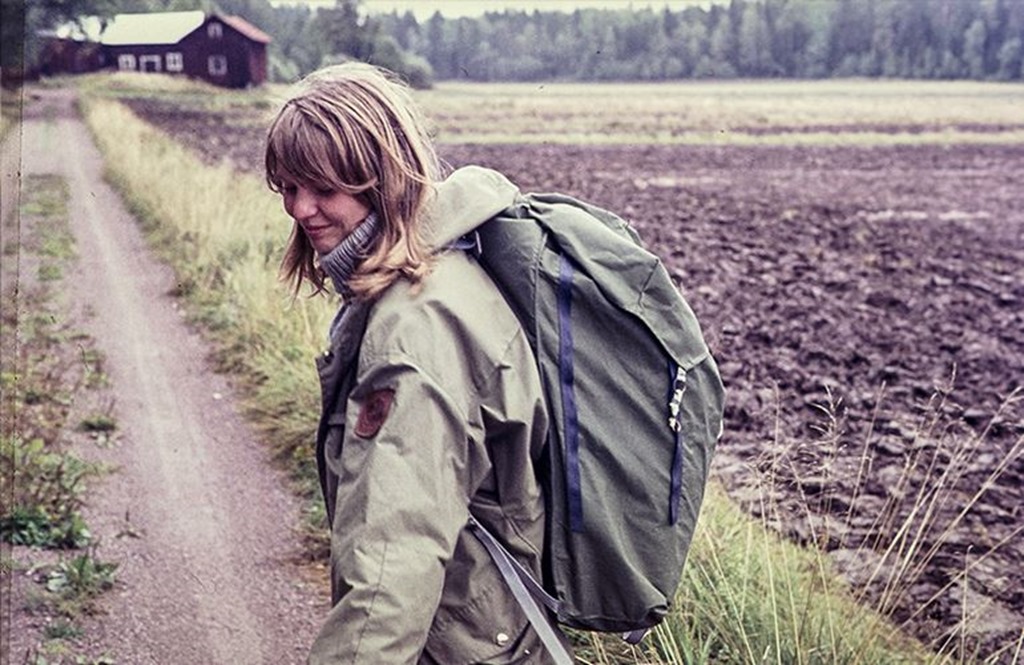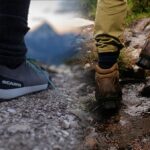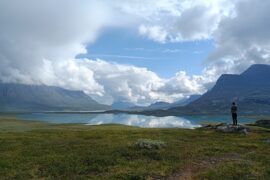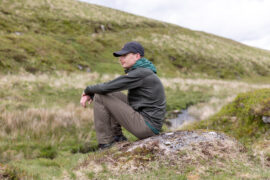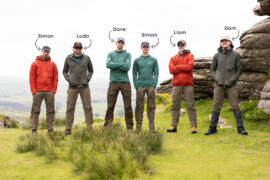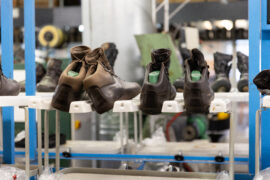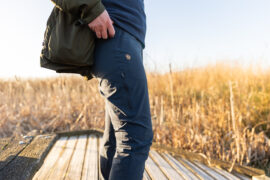Take a look at the ways Fjällräven keeps the environment, ethics, and good production practices at its heart.
…
Fjällräven (pronounced: Fyahll-rah-ven) was founded in 1960 by Åke Nordin in Örnsköldsvik on Sweden’s High Coast. If you haven’t been to Sweden, just know that it is without a doubt one of the most breathtaking places. For a country of its size, it is incredibly low populated and has huge expanses of beautiful wild spaces where you’re never far from high mountains, vast lakes, and crowded pine forests nearly everywhere you go. It is not hard to see why from its roots that Fjällräven is one of those companies that care so deeply for the environment, wildlife, and wondrous outdoor spaces.
We’re going to go into detail all about Sweden’s signature outdoor gear maker and the many steps and practices they employ in their manufacturing processes as well as their individual environmental work. A good, ethical company doesn’t only improve its practices, but also goes out and makes a change. Fjällräven knows this all too well!
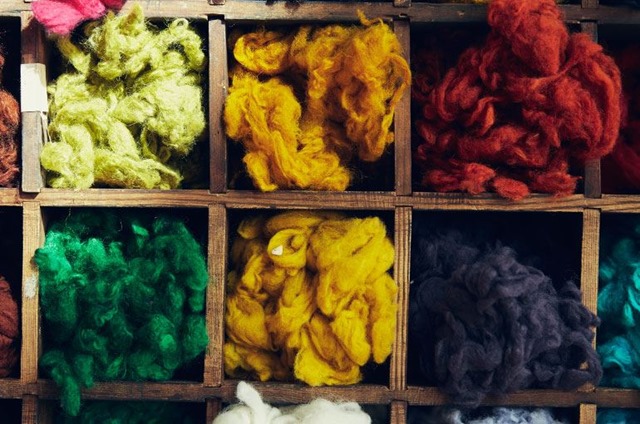
Fjällräven uses environmentally friendly materials
Everything an outdoor gear company (and pretty much everything else) does have an impact on the environment around them and the people and animals that inhabit it. Fjällräven as an outdoor company is acutely aware of this impact and does its utmost to keep its environmental footprint as small as possible. They consider this impact greatly in their design process when choosing one material over another and where they decide to produce their outdoor equipment.
Amongst Fjällräven’s range, you will find a copious amount of fabrics made using recycled materials, these include wool, Tencel nylon, and polyester (used in their signature fabric, G-1000 Eco). These materials have been either sourced from waste such as plastic bottles or sourced from discarded ready-made fabrics. It is outstanding how much less of a strain this has on the environment when compared to virgin materials, putting out only 40% of Co2 emissions when compared.
When it comes to PFC (Perfluorinated compounds) treatments commonly used in waterproof and water-resistant treatments, In 2012 Fjällräven recognised the harsh impact they have on the environment and cut these treatments from their line entirely. G-1000 items gain their water resistance instead from Greenland Wax treatments made from paraffin and beeswax. Fjällräven’s Eco-Shell DWR treatment is used throughout the rest of their range, it is PFC-free.
Finally, when it comes to Animal Welfare when Fjällräven uses materials of animal origin such as down, wool, and leather, they don’t make any compromises. Fjällräven has a strict code of conduct for their suppliers ensuring their animals are treated humanely with dignity and respect. Fjällräven work every day to ensure all traceability in all of their animal supply chains. This is one of the best ways to ensure high-quality and cruelty-free production.
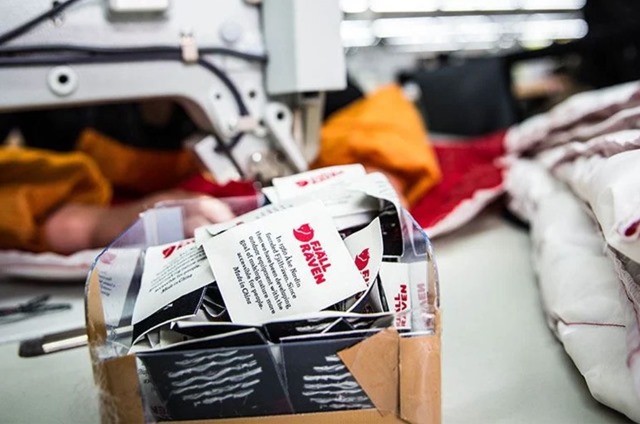
Fjällräven use sustainable production
Fjällräven believes that the best things are done together as a team. They work closely with all their partners involved in their supply chain. Fjällräven has its own written code of conduct. It’s based on the Fair Labor Association’s Workplace Code of Conduct and covers human rights, animal welfare, environmental protection, sustainable development, and anti-corruption. This is how Fjällräven does its business and it is non-negotiable.
They go above and beyond providing training and support to ensure their suppliers fully implement their Code of Conduct at all stages of production. They as well as 3rd parties brought in audits and regularly visit their suppliers and if issues arise they are there to support and instigate positive change. They truly believe that what’s best for their suppliers, is best for them.
Fjällräven shares a common goal with many others in the outdoor clothing industry. Together they want to improve working conditions, reduce environmental impacts and eradicate malpractice and corruption.
They’re part of the Sustainable Apparel Coalition (SAC) (https://www.apparelcoalition.org/), an industry-wide group of more than 80 leading clothing and footwear companies and NGOs. Together they share information and best practices, to work towards reducing the environmental and social impacts of the industry.
Finally, like several other companies, Fjällräven climate compensates a great deal for their products. When they compensate for their emissions, they support renewable energy projects that have been verified by the UN and certified according to the Gold Standard, an independent quality assessment of carbon dioxide emission reduction projects. It’s supported by more than 60 non-profit organisations, including Greenpeace International and WWF International. Their goal is to become completely carbon neutral by 2025.
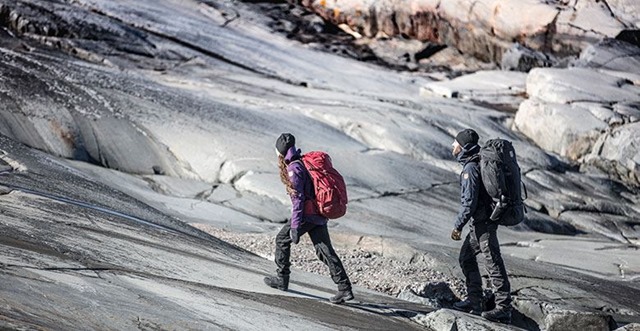
Fjällräven want you to repair and reuse your garments
Though it seems obvious, Fjällräven wants you to fall in love with their gear. Not in a way that brings you back to buy more and more but to ensure that you want to repair and reuse it in the unlikely event of them ever taking damage. Loathe to fast fashion, Fjällräven is a company that makes highly durable and high-performing outdoor garments that can stand up to the harsh terrain around them and they build these products to last as long as possible. When a small rip occurs in your Vidda Pro trousers, Fjällräven want you you patch them, not replace them! When a hole appears in your down jacket, Fjällräven wants you to tape it, NOT REPLACE IT! You see what we’re getting at here? If you ask us, all proper outdoor enthusiasts wear their repaired garments with pride as they tell a great tale. Fjällräven makes solid gear that is very unlikely to break, but if it ever does… give it a fix!

